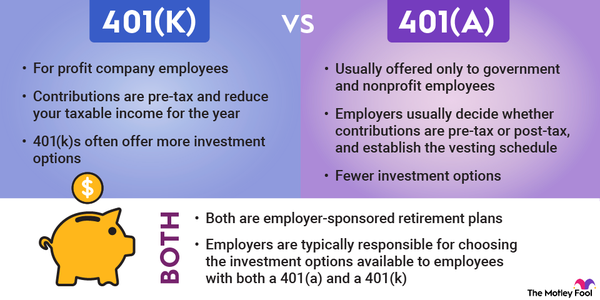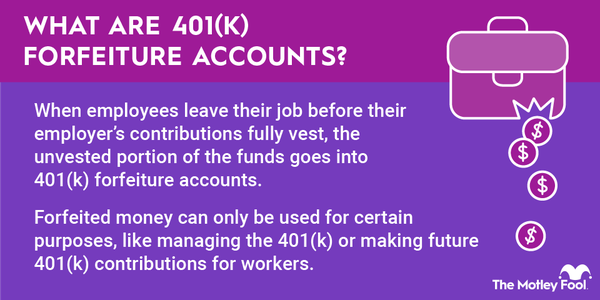One of the hallmarks of the cryptocurrency space is decentralization. The idea is to give all participants a voice in a crypto network, to provide them with the ability to earn rewards from a network’s growth, and to prevent any single player or authority from taking control and making decisions that benefit them more than other stakeholders.

However, decentralization is more than just a democratic feature to woo developers and investors. Decentralization is also a design to keep crypto safe from cyberattacks. One type of technique utilized by hackers is known as a 51% attack. Here’s what you need to know and how it affects cryptocurrency investors.
What is a 51% attack?
What is a 51% attack?
A 51% attack occurs when a single miner (or group of miners) controls more than half of a blockchain network’s hash rate (or computing power). In gaining control over a blockchain network, a hacker can block transactions from taking place, reroute the priority of new transactions being computed, and even reverse some of their own past transaction records (an issue called “double spending”) by altering the data embedded in the blockchain.
51% attacks on a blockchain explained
To understand how a 51% attack works, consider the function of a blockchain. Blockchain is a string of code that contains all the historical information about transactions that have taken place using the blockchain network. The code is distributed to all of a blockchain network’s miners -- the powerful computers used to validate transactions and add the new block of data onto the blockchain.
By distributing this code to all of the miners, a blockchain network becomes decentralized. In other words, no single minority party can arbitrarily alter or add blocks of data. All participants must agree that a block of data is valid before it is added to the chain. However, by taking more than half of the total computing power operating a blockchain, a hacker or group can create its own consensus on block validity.
A majority gives the miner the ability to block new transactions from taking place or to reorder transactions waiting in line to be processed. Besides the “double spend” issue where its own past blocks of data are altered, a 51% attack could also alter and steal any new transactions after it has gained control. However, a 51% attack would unlikely be able to create new crypto coins built on a blockchain or steal crypto holdings from other accounts.
Is it possible?
Is a 51% attack possible?
Blockchain networks become more decentralized and more secure as they grow larger. Not only does scale increase the difficulty of pulling off a 51% attack, a larger network hash rate also increases the expense involved in executing an attack. Creating and validating blocks, especially older blocks of transaction data with lots of subsequent blocks added since, requires a great deal of computing power.
As with all things, computing power costs money -- in this case, the cost of operating the computers and the electricity consumed to power the computation. So large blockchain networks such as Bitcoin (BTC -0.68%) and Ethereum (CRYPTO:ETH) have a low likelihood of a 51% attack being carried out against them. And, even if a single miner accumulated enough hash rate, the expense of trying to reverse past transactions would likely be too cost-prohibitive to carry out.
Although a 51% attack could be somewhat contained, it can significantly harm the reputation of a blockchain network and crypto tokens used on it. As a result, miners might choose to leave, which could further reduce security and lower the value of any crypto assets built on the blockchain.
Examples
Past examples of 51% attacks
Some smaller blockchain networks in particular can be subject to malicious tampering. A hacker could use more powerful computing equipment, such as ASICs (application-specific integrated circuits), on a network, primarily using off-the-shelf purchased GPUs (graphics processing units) to carry out a 51% attack. Although even more unlikely, a proof-of-stake system could also be attacked by accumulating more than half of the value of crypto tokens on a network.
Although unlikely, a 51% attack is possible -- and has occurred in some instances.
One example is Bitcoin Gold (BTG 5.89%), a hard fork from Bitcoin, that suffered a 51% attack in 2018. More than $18 million of Bitcoin Gold was stolen. Another attempted hack came in 2020 but was quickly thwarted.
In 2021, another Bitcoin hard fork called Bitcoin SV (BSV 1.26%) suffered a series of 51% attacks. The hackers were able to delete or alter the newest blocks after it took control of the network.
Ethereum Classic (ETC -1.49%), which was also created by a hard fork from Ethereum in 2016, got hit by a 51% attack in 2020. Several million dollars were reportedly stolen.
In all three cases, developers were able to implement new protocols to help prevent further malicious tampering. However, all three cryptos deteriorated in value in the months immediately following these events.
Related Investing Topics
Blockchain attacks and investors
Blockchain attacks and investors
All computing systems are going to be subject to attempted attack from bad actors. This is a risk that digital currencies in general face, and it’s a factor investors should consider before buying a cryptocurrency or participating in a blockchain network’s activity. However, more traditional money has its issues, too, such as forgery.
While 51% attacks are rare, there are other risks with the blockchain and cryptocurrency industry. This is new technology, and it's still developing and rapidly evolving. Additionally, many disagree on how to properly value cryptocurrencies and digital assets, so cryptocurrency prices are highly volatile. If you decide to invest in this space at all, remember to make it part of a well-diversified portfolio that features other asset classes.
















